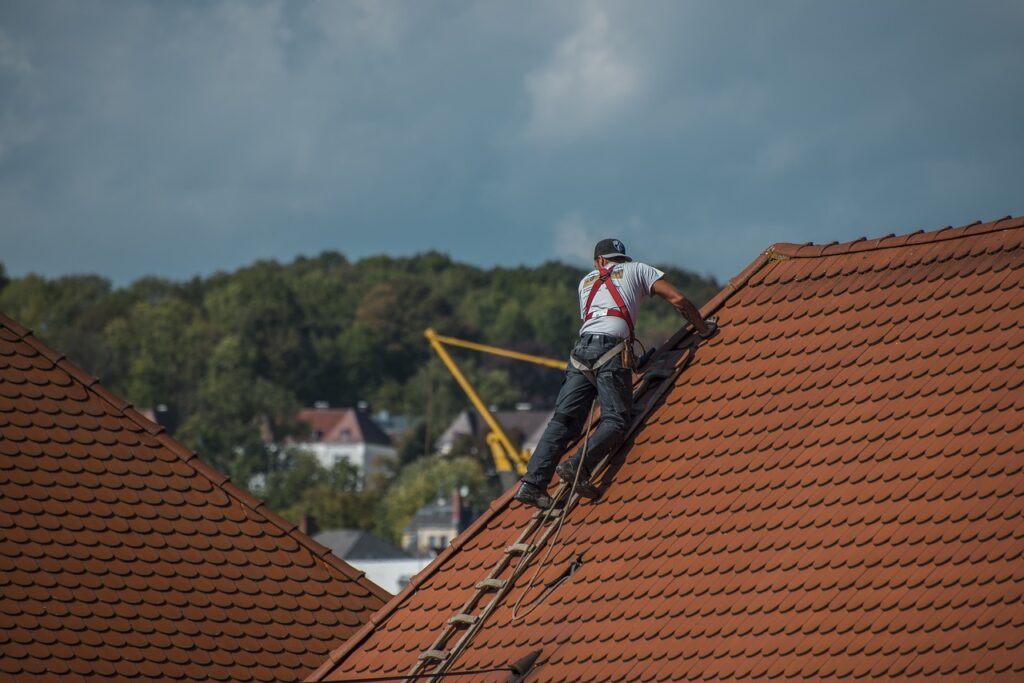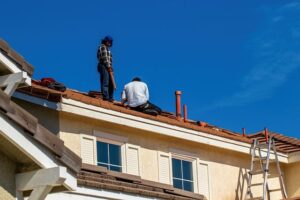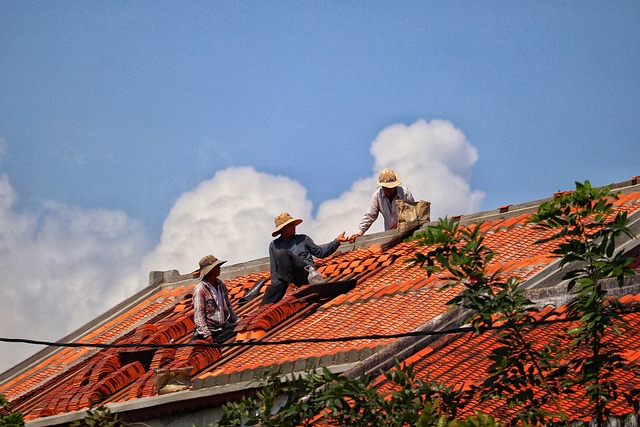
Your roof, the steadfast guardian shielding your home from the elements, stands as the first line of defense against nature’s whims. As it silently endures the sun’s scorching rays, gusts of wind, and the pitter-patter of raindrops, ensuring its resilience is crucial in maintaining your home’s integrity. Conducting regular roof inspections is not just a maintenance chore. It’s an investment in your home’s protection. In this article, Gutter Installation Destin will cover the basics of inspecting your roof to help you get started.
The Importance of Roof Inspections
Just like any other aspect of your home, your roof requires routine maintenance to guarantee its longevity. Aside from keeping it aesthetically pleasing, regular inspections can save you from costly repairs or replacements in the future. Here are some reasons why roof inspections should be a top priority:
- Identify and Address Issues Early: Regular inspections allow for early detection of small issues that may worsen over time. Catching a problem early on can save you from extensive damage and expensive repairs.
- Prolong Lifespan: A well-maintained roof can last for decades, but neglecting it can significantly reduce its lifespan. Regular inspections ensure that any necessary repairs are made promptly, helping to extend the life of your roof.
- Maintain Energy Efficiency: A damaged or poorly maintained roof can lead to air leaks, decreasing your home’s energy efficiency. Regular inspections can catch these issues and help you keep your heating and cooling costs under control.
- Ensure Safety: A weak or damaged roof is a safety hazard for you and your family. Regular inspections can identify any potential hazards and allow them to be addressed promptly, keeping your loved ones safe.
What to Look for During a Roof Inspection
Now that we understand the importance of roof inspections, let’s delve into what you should be looking for during one. Here are some key areas to focus on:
- Shingles: Check for any damaged or missing shingles, as well as signs of wear and tear. Pay attention to any discoloration or curling. These could be indications of water damage or aging shingles.
- Flashing: Inspect the flashing around chimneys, vents, and other roof protrusions. Make sure they are secure and free from any cracks or gaps that could lead to leaks.
- Gutters: Clean out any debris from your gutters and check for signs of sagging or damage. Clogged gutters can lead to water damage and roof leaks.
- Attic: Check your attic for any signs of leaks, dampness, or mold. These could be indicators of a damaged roof or poor ventilation.
- Sealants: Inspect the sealant around any vents or protrusions on your roof. Look for cracks or gaps that could allow moisture to seep in.
When to Conduct Roof Inspections
The best time to inspect your roof is during the spring and fall seasons. These are periods of milder weather, making it easier to identify any potential issues. Additionally, conducting inspections before and after severe weather events can help catch any damage caused by storms. Inspecting your roof may seem like a daunting task, but it’s an essential part of homeownership. By regularly checking and addressing any issues, you can ensure your roof remains a reliable barrier against nature’s forces. So, take the time to inspect your roof and protect your home from the top down. Your future self will thank you.
In Conclusion
 Your roof isn’t just a collection of shingles. It’s your home’s shield, safeguarding against nature’s unpredictability. Regular inspections serve as an act of care, ensuring your roof stands strong against the elements and protects your haven. By investing time in inspecting and maintaining your roof, you’re not just preserving a structure; you’re securing the comfort, safety, and longevity of your home. This is a testament to the proactive guardianship that keeps your abode safe and sound.
Your roof isn’t just a collection of shingles. It’s your home’s shield, safeguarding against nature’s unpredictability. Regular inspections serve as an act of care, ensuring your roof stands strong against the elements and protects your haven. By investing time in inspecting and maintaining your roof, you’re not just preserving a structure; you’re securing the comfort, safety, and longevity of your home. This is a testament to the proactive guardianship that keeps your abode safe and sound.

